Hawks have moved into our backyards. And many people seem to find their new neighbors terrifying.
I recently downloaded the Nextdoor app, the “social network for your neighborhood community,” to keep track of road closures and new developments in my rapidly growing community. It served that purpose, but it also gives me sometimes-startling insights into my neighbors’ concerns.
Chief among those concerns is wildlife: Coyotes, bobcats (or bobcats misidentified as mountain lions), deer, and, lately, hawks. Yes, hawks.
Hawks show up a lot in suburban and urban environments this time of year. They are feasting on the bounty of songbirds that are drawn to bird feeders. Many see those large, stealthy predators and worry about their pets.
Recently, there have been a number of hawk photos posted, often with warnings: These birds are in our neighborhood! Watch your pets!
The comments often feature stories of beloved cats and small dogs being carried off by hawks and owls.
Should this really be a concern? Does it happen often, or at all? Let’s look at the reality of birds of prey and pets.
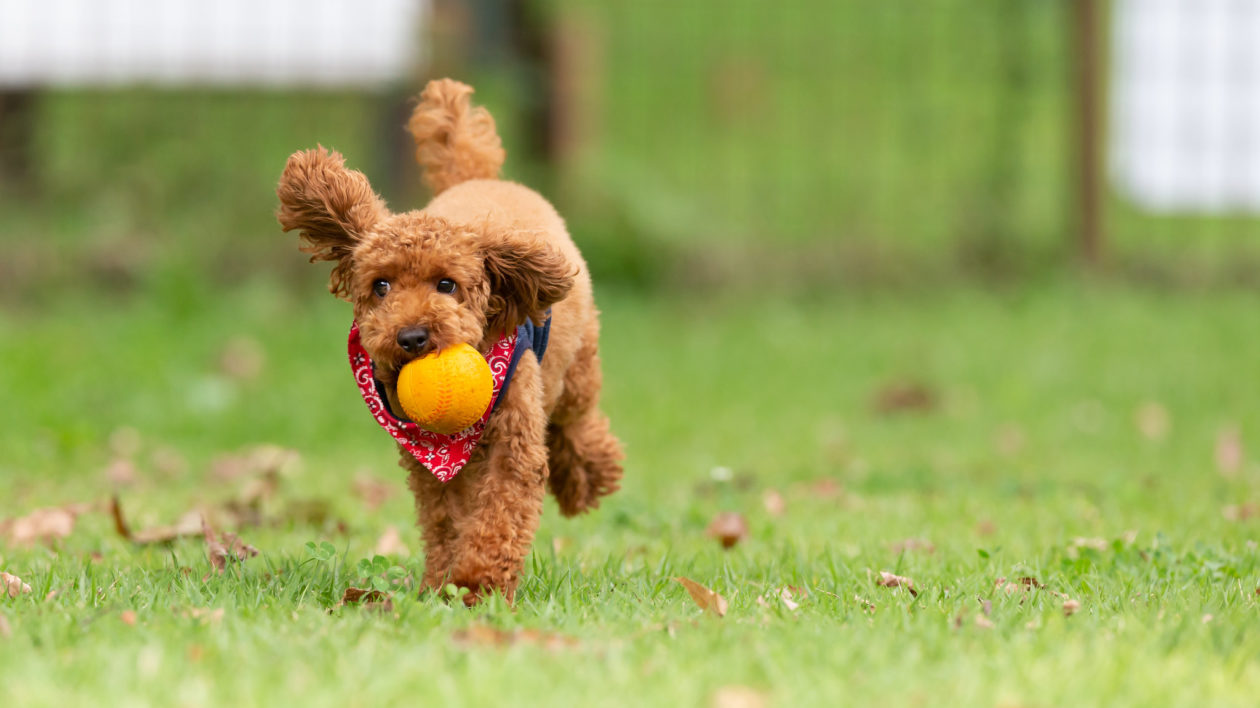
Hawk Versus Poodle
Your friend (or more likely, your friend’s cousin’s coworker) sits on the back patio, enjoying a cold beer or six. But there’s one problem: a yapping poodle (always a poodle) just won’t shut up.
But suddenly the annoying dog gives out a yelp in alarm, as a ginormous hawk drifts overhead. The poodle sprints towards its home, but it’s too late. The hawk snatches Fifi in its talons and lifts her into the sky. The poodle’s yips are replaced by the owner’s anguished howls.
I’ve heard and read countless variations of these stories. They often follow a standard plot. Such tales almost always involve secondhand source material and copious consumption of alcohol (by the storyteller, not the hawk or the poodle).
Let’s put this to rest: these stories are urban (or rural) legends. They are simply not true.
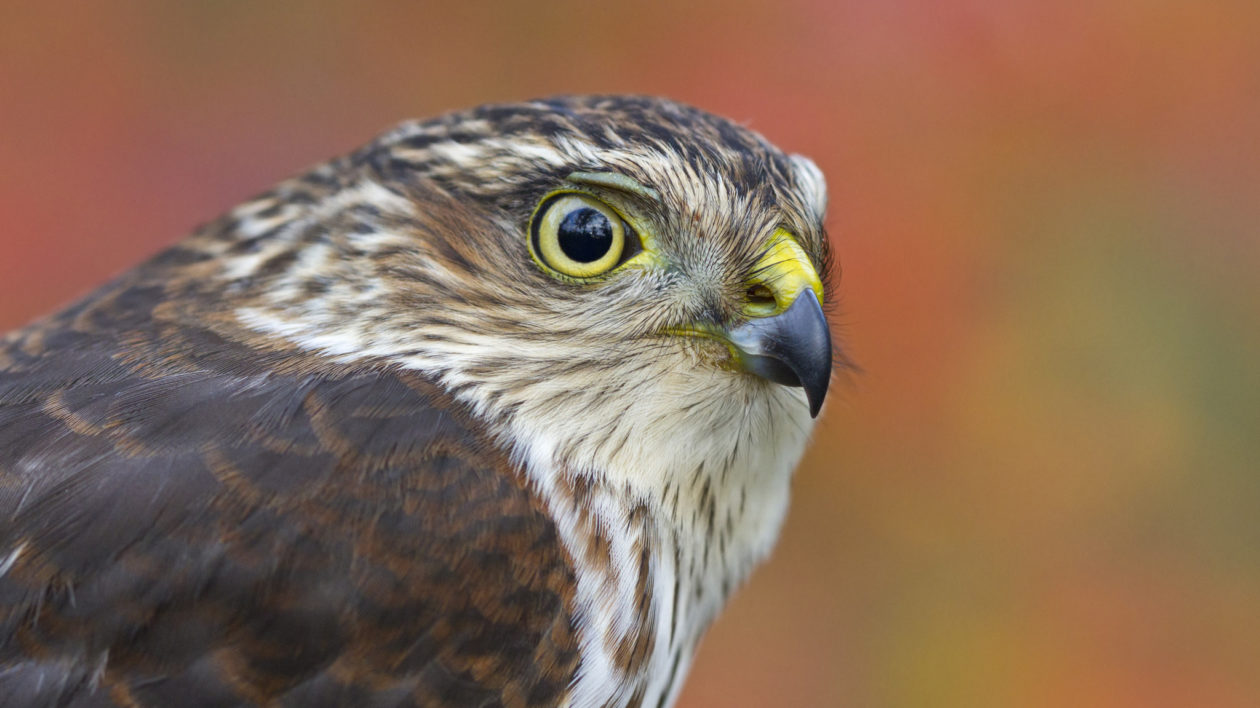
A hawk cannot fly while carrying more than its body weight. The wings are not that strong and it’s physically impossible.
Let’s look at this further. Hollow bones and fluffy feathers make birds look like they weigh more than they actually do. The biggest North American hawk you’re likely to see in your backyard is the red-tailed hawk.
A red-tailed hawk weighs, at most, 3 pounds. A miniature poodle weighs in around 12 to 15 pounds. Even carrying a smallish Chihuaha would require a significant feat of strength.
I have observed many red-tailed hawks and other raptors hunting over the years. They are powerful birds, but I’m routinely struck by just how small their prey is. Rodents, snakes and nestlings are all lightweight dinners. When a hawk does catch something larger, it might struggle with flight for a short time, but ultimately it likely consume larger items on the ground. A mallard, weighing in at around 3 pounds, is usually far too unwieldy and heavy for a redtail to handle.
This brings up an important point. A redtail is not going to carry off your dog. But if you have a small pet, a large hawk could injure or kill your pet. It’s unlikely, but it could happen.
How about other raptors? The species that most likely hunt around your birdfeeders, like the Cooper’s hawk and sharp-shinned hawk, barely weigh a pound. They hunt prey like quail, songbirds and squirrels. These birds admittedly look fierce. It’s easy to ascribe human attributes to them.
Looks aside, but Cooper’s hawks are not going to carry off or kill your dog or cat.
Many birds, including raptors, may swoop at you or your pet if you get too close to their nests. I suspect that many observations of “attempted predation” are simply a Cooper’s hawk trying to chase a cat or dog away from its young.
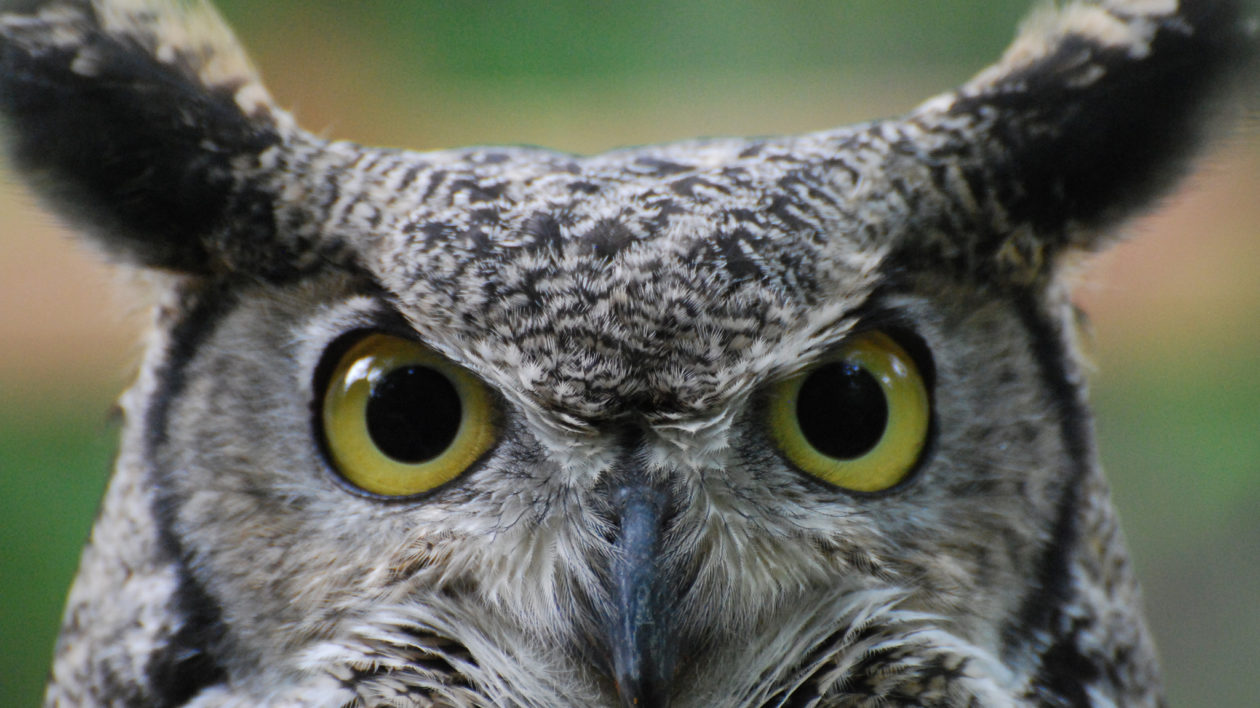
On Owls and Eagles
Great-horned owls are common in many different habitats of North America, and this time of year you can often hear them hooting. These birds are also large and adaptable predators. Many media sources repeat the claim the great-horned owl is the “weight lifter” of the avian world, capable of flying with a prey animal several times heavier than its own body weight. There is no evidence to back up this claim.
Again, the confusion may reside in the fact that a great-horned owl can kill prey much larger than it is. It will then gulp parts of it and return to the carcass for more. Great-horned owls eat a lot of small rodents, as picking through their owl pellets readily demonstrates. But they survive among humans by being generalists. They famously are one of the few predators to hunt and eat skunks. There is really no reason why they wouldn’t eat house cats, although actual documented occurrences are quite rare.
In any case, if a large bird is going to take your small pet, a great-horned owl is probably the most likely culprit.

Bald eagles are an incredible conservation success story, and these beautiful birds are now common in many parts of the continent. As eagle populations grow, so does folklore about them. In many places, bald eagles eat primarily fish. But they are adaptable, too. In Iowa, I often see them feeding on carrion like dead pigs disposed by confined farms and gut piles left by deer hunters. An eagle is a powerful bird, though, so could it take a dog or cat?
You can find a lot of information on eagle strength. Anecdotally, many established wildlife biologists and field naturalists have witnessed bald eagles lifting heavy prey. But, in most instances, even bald eagles struggle to lift heavy prey for very far.
The Alaska Department of Fish and Game published an excellent story exploring this topic in depth. Alaska has the largest population of bald eagles, and the biologists quoted in the story note that these birds are capable of nabbing a pet, but unlikely to do so.
As biologist Ron Clarke explains in the story:
“On a wide-open beach, I have no doubt that an eagle with a full head of steam could pick up a six- or eight-pound dog and just keep on going. If it landed to kill a ten-pounder, and then tried to pick up and fly from a dead stop, could it get off the ground? Probably not…They can pick up and carry four or five pounds, maximum, and actually fly off with it. They can lift a little more and hop it along, but they can’t carry it off.”
The story also notes that bald eagles are very wary of human activity. As such, they probably aren’t going to be hunting for a puppy snack in your backyard.
Golden eagles are even more legendary in their toughness. These eagles have been trained by falconers in Europe and Mongolia to hunt wolves and roe deer. There are stunning videos of them knocking ibexes off cliffs.
A golden eagle certainly has the strength to catch your dog, but these birds simply are not backyard birds. If you do see a golden eagle around, though, it’s best to keep your beloved pet indoors.
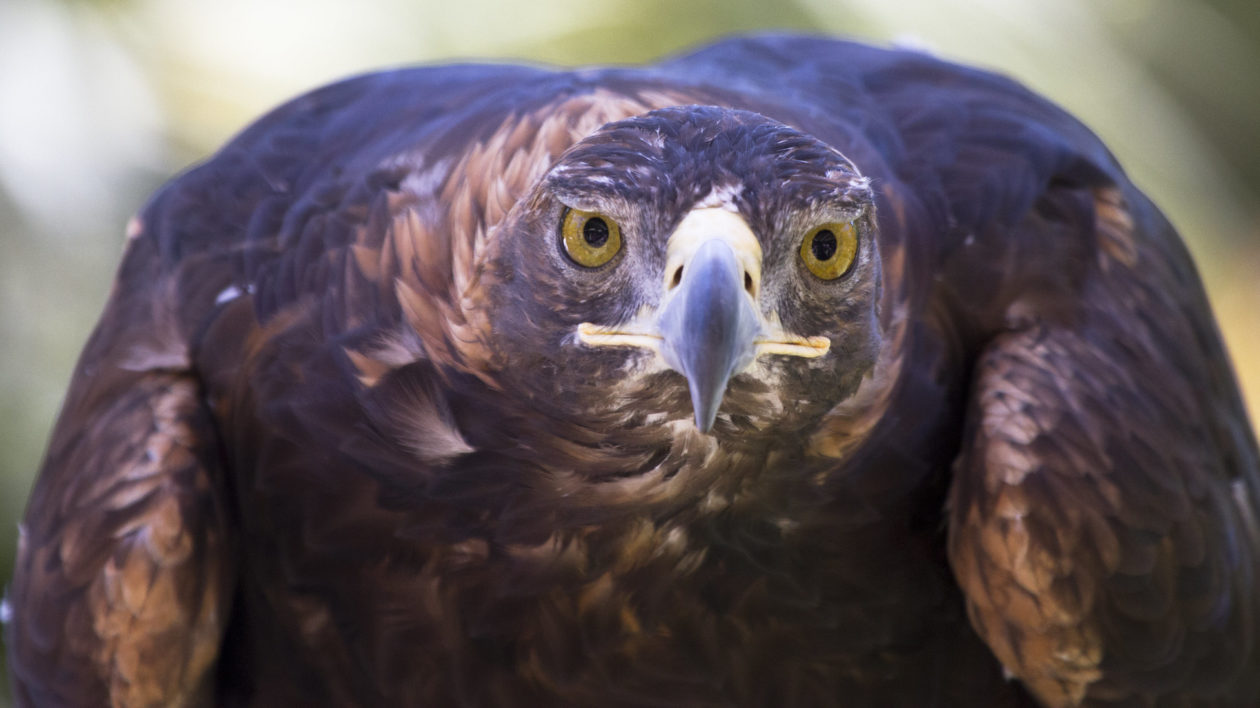
A Simple Solution
Losing your pet to a raptor is extremely unlikely. But I understand the concern. Even if the odds are minuscule, the thought of one’s friendly pug or poodle being dismembered by a red-tailed hawk may be too much to bear.
Fortunately, the solution to this is quite simple: don’t let your pet roam freely.
There are many good reasons for following this advice, and have nothing to do with birds of prey. It is dangerous world out there, with roads, poisons, urban coyotes, other dogs and cats and many other perils. Native predators are often blamed for pet disappearances despite a frequent lack of evidence. The fact is, if your cat went missing, it is more likely it got run over by a car than nabbed by a hawk.
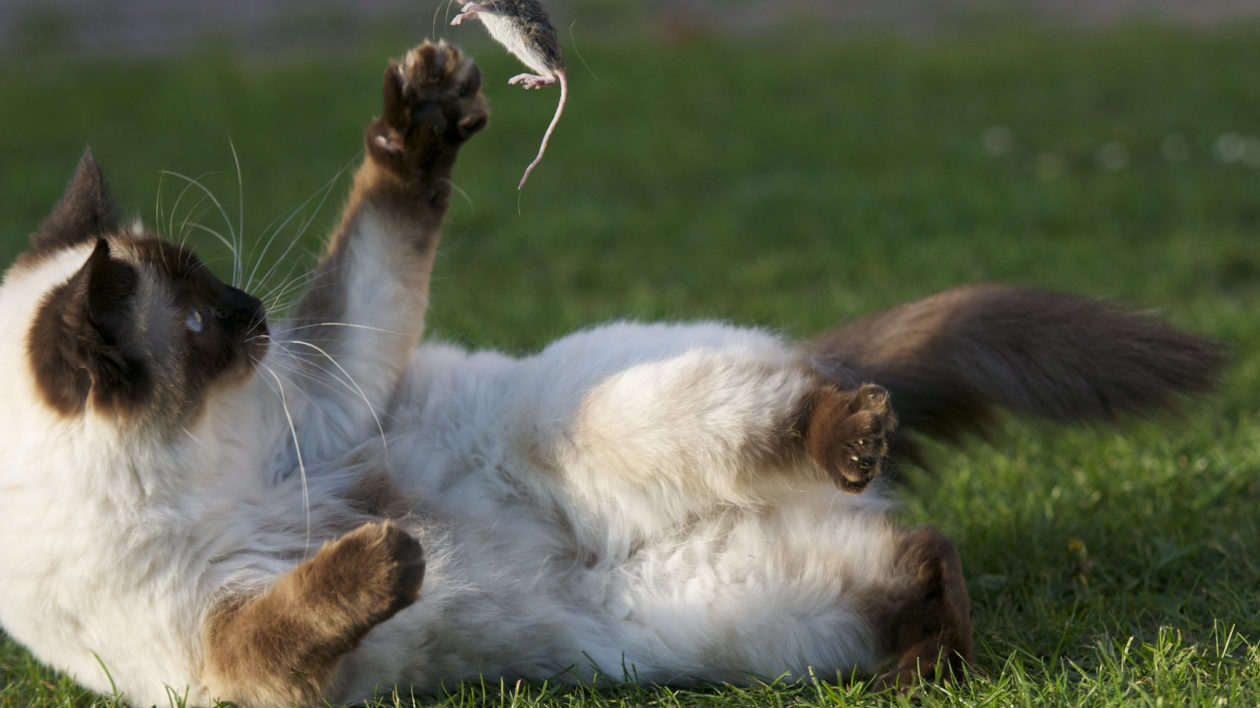
And then there is this inconvenient truth: Wild animals have far more reason to fear your pets than pets have to fear wild animals.
The American Bird Conservatory states that free-roaming cats are the biggest threat to birds in North America. Researchers estimate that these cats kill a staggering 2.4 billion birds a year. Keep your cat inside.
If you do enough searching, you can find instances where a hawk nabbed a cat or a Chihuahua. These dramatic stories may nab the headlines, but they are exceedingly rare occurrences. A pet cat killing songbirds happens every single day.
If you follow social media, you’d get the idea that sharing space with wildlife neighbors is very challenging. However, living with backyard wildlife is quite easy, especially if we learn some basic natural history. As is so often the case, the real problem is not them. It’s us…and our pets.
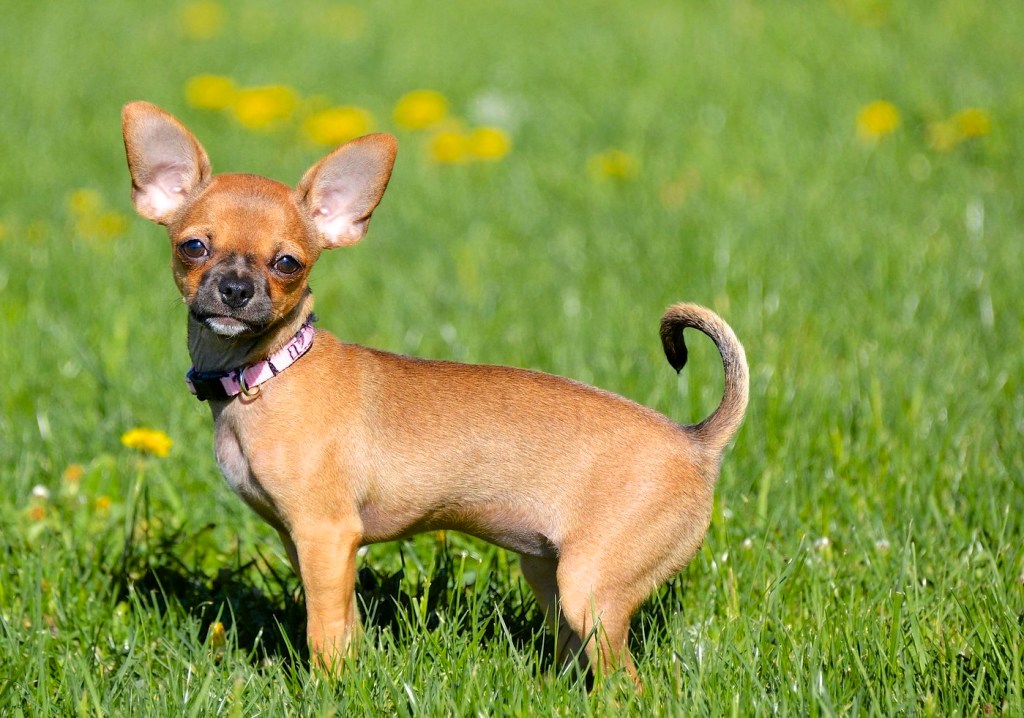



I don’t like the sounds of wildlife being forced in to neighborhoods, because that indicates their habitat has been destroyed or much of it sadly. Humans need to downsize our living quarters and give more space to wildlife . We do not need a huge house with big decks and wasted perfect landscaped grass with no gif for wildlife. I bought my house and quickly realized there were no squirrels , birds , rabbits and so on and I love wildlife. So I started letting half my huge yard grow natural . The other parts of my yard have been made in to pollinator gardens with plants for monarch, black swallowtail, tiger swallowtail for their larvae, as well as flowers for energy, bee houses and lots of logs, high weeds and nightshade for tomato horns. My yard is so exciting. It took 10 years of hard work and more to do, like a small pond, but now everyone makes a comment walking by. Wow you have so much happening in your yard! Look around the neighborhood and every other yard is a vacant green carpet w/ perfect hedges. Boring! I have 100’s of cicadas every years and 1000’s of lightening bugs, because I leave an entire area untouched and they live under the debris + have tons of young. My yard is lit up with lightening bugs every June and July and nobody else has one .
Let’s get it together folks! Wildlife needs us to replace all we take when building on their little lots of land. Plant trees, flowers, milkweed, coneflowers and mint. Leave a corner of your yard all natural and you’ll have all kinds of life there. Spring peepers, frogs, raccoons, skunks, possum, rabbits and even a fox occasionally
I WITNESSED a hawk take off with a small dog about 4 pounds or so. It made it to a tree and would not let go. We threw rocks and everything trying to get it. The hawk finally let go, dropping the poor little thing to its death. It had puncture wounds all over it where the hawk was either getting it with his talons or beak. I was not drunk nor on drugs. Sometimes, it does happen. You can say you have all the education and research you want, and I thought my neighbors were a little over the top when I heard about it in the past, but seeing it, I believe. I will not let my small dogs out when they are flying hunting during the day.
Thank you for this information. I live in the Los Angeles area near some large hiking areas and the Chatsworth Nature preserve. I’ve seen hawks around here for years. On occasion they have flown into myt yard and once killed a little house finch. Today one pretty big one swooped in and was about 10 feet from my 10 pound dog. I foster dogs and it’s wonderful to allow them to go out in my somewhat small yard and wonder around. Should I now not allow that to happen? Your article gave me great hope that I would not have to take them out on leashes but reading some of the comments peope are claiming differently. Help! I’m heartbroken to think I should not let them out during the day anymore.
A hawk swooped down and took off with my 8 month old green cheek conure mazie, yesterday! It definitely happens when your beloved family member is small enough. Rocks were thrown at it and it was even hit but no luck it just took off with her. We are absolutely devastated. My dads tenants small puppy chihuahua was also taken a year ago. I saw it first hand it definitely can happen. Something larger would probably be ok but if you have pet parrots you definitely need to be very careful.
The red tailed hawks are so majestic! What a thrill to see and hear them! We had many red tailed hawks in Riverdale Park and in the Broadview/Danforth/Mortimer area in Toronto. They appear to have disappeared this year? Does anyone know what happened to them?
The red tailed hawks are so majestic! What a thrill to see and hear them! We had many red tailed hawks in Riverdale Park and in the Broadview/Danforth/Mortimer area…They appear to have disappeared this year? Does anyone know what happened to them?
I think the danger is in allowing small animals to be unsupervised in newly developed areas. We just had a new housing development built in an area frequented by eagles/bears. Small dogs and cats where being snatched even on leash. Recently my mom’s Yorkie (6 lbs) was attacked by an eagle and wounded pretty bad. Her bigger dog chased it off. Also my aunt lives in the country and has on several occasions seen eagles carrying off large cats from fields. I was lucky enough to witness a couple of golden eagles swoop down over my yard with me present, to get my cats, the cats sink to the floor and run for cover, honestly so did I. I’ve never seen birds so large before. I think it all just depends on the area you live in. I am in WA state and a lot of our land is being taken for housing, so we are interacting a lot more with wildlife. I’ve seen deer,bear,cougar,coyote and eagles, all displaced by humans. Just recently, a 50 pound bulldog was killed and carried off by a coyote in front of her people. The other dog was wounded but lived. So I would say to be careful and take precautions, it happens a little more than on a rare instance these days.
I have lived in rural areas for much of my life. Once, I saw a raptor with a very large wing span ( eagle? not sure the kind, but huge) circling overhead at my Godmom’s dog rescue . The dogs in pens were barking, and the eagle was circling over a small dog a bit bigger than a chihuhua on a stake out. The dog was cowering close to the ground. The eagle was big enough I wasn’t sure I wanted an attack from it either, but I grabbed the dog off the lead and rushed it inside. Beautiful bird, but yes, one way or another, the dog would have been toast.(It flew off, disappointed, and certainly showed no interest in the larger dogs, who were in small groups.)
For the lady with two small dogs; have you considered covering the top of the enclosure with chicken wire?
We once had a very annoyed looking small raptor perching on top of the chicken coop, which was covered in wire, looking down at the hens. The sparrows sometimes like to duck in, too, if the hawks are around. Have also watched our pack of magpies chase off a bird of prey, with the whole group going after it.
The lady at the Cascade Raptors center in Oregon certainly thought her hawks could kill a cat, and her hawks seemed quite small. A rabbit and a small cat are about the same size, so something capable of killing one could probably kill the other. Maybe a raptor’s ability to carry something over a long distance has not much relationship to the size of prey a raptor has the ability to kill and eat?
At the same time, I have generally found that an obvious presence of a person with a medium to large size dog outside is enough to make them move onto the wheat field and wilder areas looking for prey instead. Making sure the cats are in and the hens are protected when they are circling above helps too. Cats living outside all the time here have only an average two year lifespan.
I notice u don’t mention all the pigeons that these birds attack every year costing 1000 pounds i know its nature but its not nature to build nest for them to protect them while other birds have to take their chances
I have two four pound Chihuahuas and I have a large hawk with a nest 660ft from my home. This hawk sits in my trees and swoops down and tries to get my dogs. I saw it carry off a rabbit. He tried this morning. I am with them but scared every once in a while one gets out and goes to the small yard which I have fenced in for them. What can I do? Wilton, CA
Great post.
Hello,
I really enjoyed this story…but !!! I’m a bus driver for a privately owned INtermediate Unit Company. It was 2 years ago that we came across a dog after picking up my last student. Mind you, I had just come up the same road minutes earlier, no dog. I spied this dog, which we found out later her name was Zoey. My aide rushed to her side. I was mid January hear in Palmerton Pa. The dog was obviously cold and lost….I thought I’d lose my job for sure, because the dog came with us to school. Long story short, the dog was picked up by either a Bald Eagle or a Golden.The owners lived along the Lehigh River which was frozen solid for some time..Zoey was lifted over a major highway Rt 248 and as a bird flies dropped or just let go 4 miles away. The owners posted a story on FB and we saw it…Read the story in our local newspaper The Times News and look for the story…I was quite the experience being local celebrities. My aide Christina H. Did all the interviews…I was just there to do my part in rescuing Zoey